For more Creative Tools, check out the Business Toolkit…
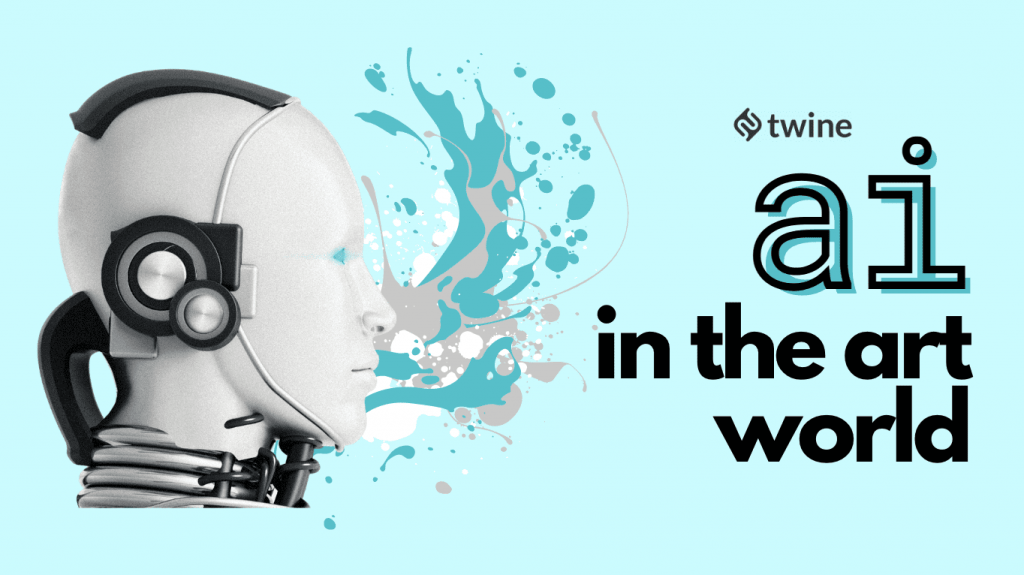
In recent years, there has been a growing trend of artists incorporating artificial intelligence into their work. This trend is being driven by the increasing availability of AI tools and the decreasing cost of computing power. As AI capabilities continue to advance, it is likely that we will see more and more artists using AI and computational creativity…
In the hands of a skilled artist, artificial intelligence can be a powerful tool for creating art. AI can help artists to experiment with new ideas and styles, and to create works that would be difficult to achieve by hand.
AI can also be used to improve the accuracy and speed of artistic tasks such as painting or sculpting. For these reasons, AI is a valuable tool for creating art and is likely to become even more critical in the future.
Computational creativity is only on the rise, so it’s about time your business jumped on board.
Ready? Let’s dive in.
An expert developer can help you level up your business. Want to get in touch?
What is Artificial Intelligence (AI)?
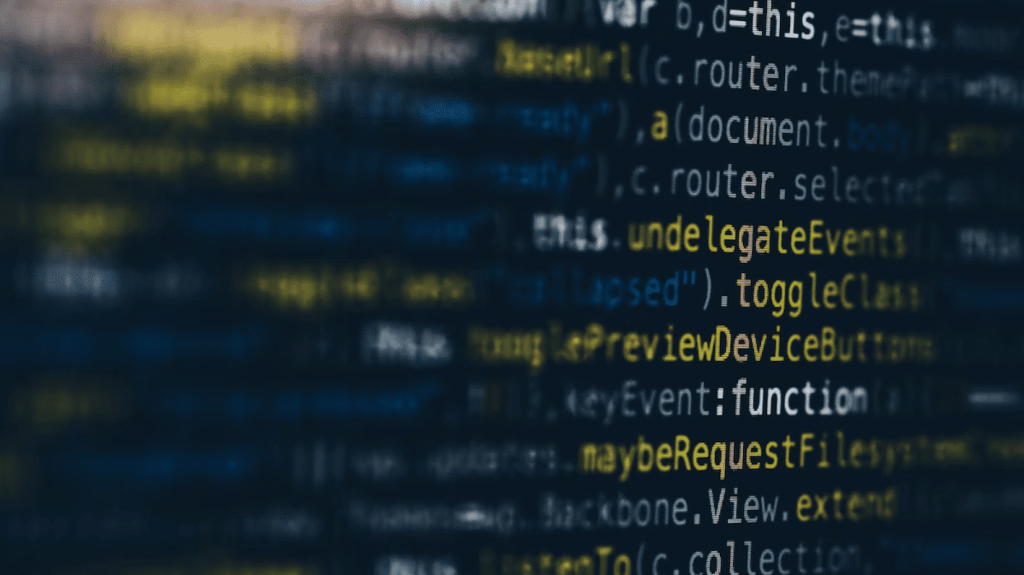
Artificial intelligence is a way of using computer capabilities to create a solution. Most people are aware of how AI is utilized in healthcare or business, but what about creative pursuits?
Yes, AI can even be useful in artwork or creative endeavors.
When it comes to the world of art, AI can be a very helpful tool. By using computer capabilities, AI can create solutions that wouldn’t be possible otherwise. This can be helpful in a number of ways, from creating new artwork to helping with the creation of new tools for artists.
What is AI Art?
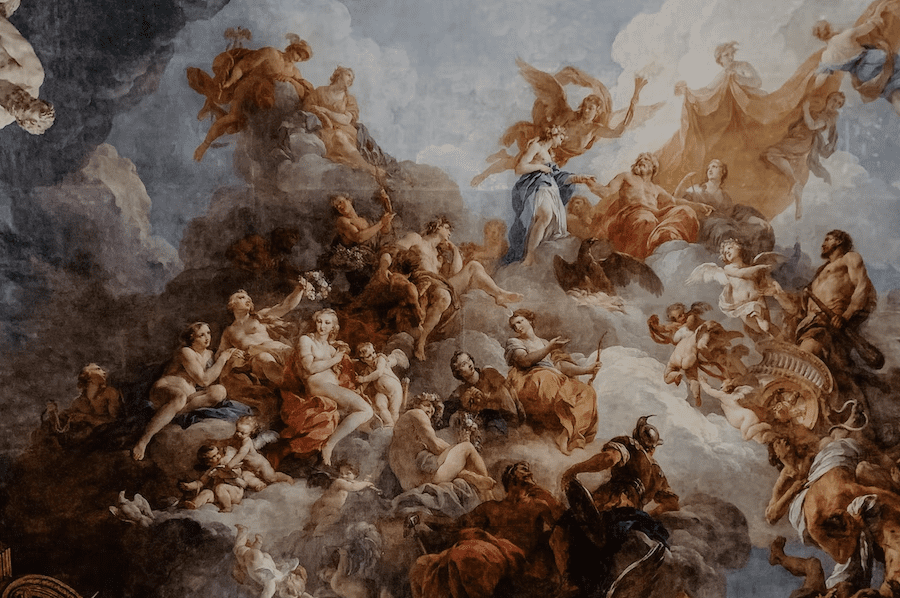
The art world offers a unique opportunity for AI. How? It allows artists to focus on their creativity while the computer assists in implementing the logistics of the artwork or design.
For example, an artist may use AI to create a painting that is completely unique. Without the help of AI, this would be tricky, as one person can only view and examine so much art at a time. Additionally, AI can also be used to create sculptures, songs, and other forms of art.
AI has already been used to create some amazing pieces of artwork and image generators. One project called “The Painting Fool” used AI to create paintings based on photos that were submitted by users. The results were often stunning and showed the potential of AI when it comes to art.
However, AI isn’t just useful for creating new pieces of art. It can also help artists with the creation of new tools and methods.
For example, a team from MIT recently developed an AI tool that can help artists create perfect circles and curves. This type of tool could be incredibly useful for artists, who often need to make these kinds of shapes in their work. Another added benefit is that AI can make the art world more accessible to everyone, pushing the boundaries of what is possible.
Benefits of Using AI in Art
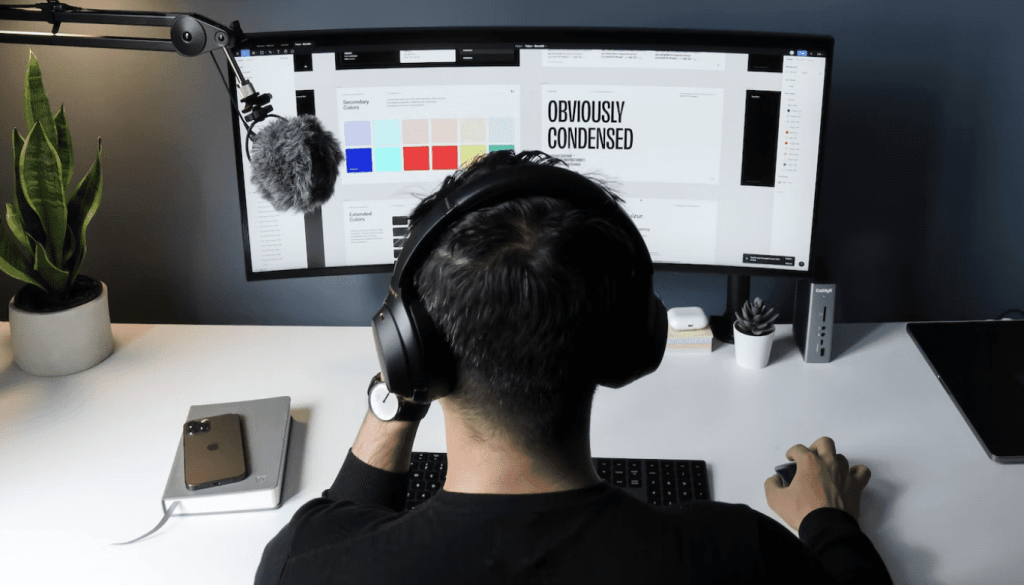
Let’s face it – AI is a useful way to create new and innovative styles of creative expression.
By blending the abilities of humans and machines, works are being created that blur the lines between technology and creativity. AI can also help artists learn new techniques and experiment with new mediums. By providing instant feedback and suggestions, artists can improve their skills rapidly.
Let’s go through some of the core benefits:
Supporting and Enhancing Human Creativity
One of the benefits of using AI in the art world is that it can help artists to break out of their creative ruts.
We all have moments where we feel the dreaded artist’s block. AI can provide a fresh perspective, and present new ideas to help us get unstuck.
New possibilities are opened up, and possibilities become endless. For example, AI can generate realistic images or videos based on textual descriptions. For artists working in illustration or film, this is an exciting, futuristic development…
Efficiency
As technology advances, so does the ability to use artificial intelligence. The most obvious benefit of AI in the art space is allowing artists to become more efficient.
For instance, an illustrator can use a program to help create a realistic landscape, with no problem, but what happens when they get stuck in the foreground? With a handy AI tool, ideas can be generated for them – no fatigue or lack of inspiration.
Or, what if you’ve already created an artwork that needs reworking? AI can be used to edit existing artworks, generating completely new pieces of art. This gives artists more flexibility and allows them to experiment with new ideas and techniques.
Another benefit of using AI is that it can expand the types of work artists can create. For example, an AI program might be able to generate a realistic 3D image of a person or creature that doesn’t exist in the real world. This can work across a variety of disciplines too, bringing a whole new level to upskilling.
Personalization
A final benefit of AI in art: making things more personalized.
As our tastes and preferences change over time, so too does our idea of what constitutes “good” art. By using AI to generate customized artwork based on our individual preferences, we can ensure that we always have access to the artwork that we love.
Are there Negatives to AI in the Art World?
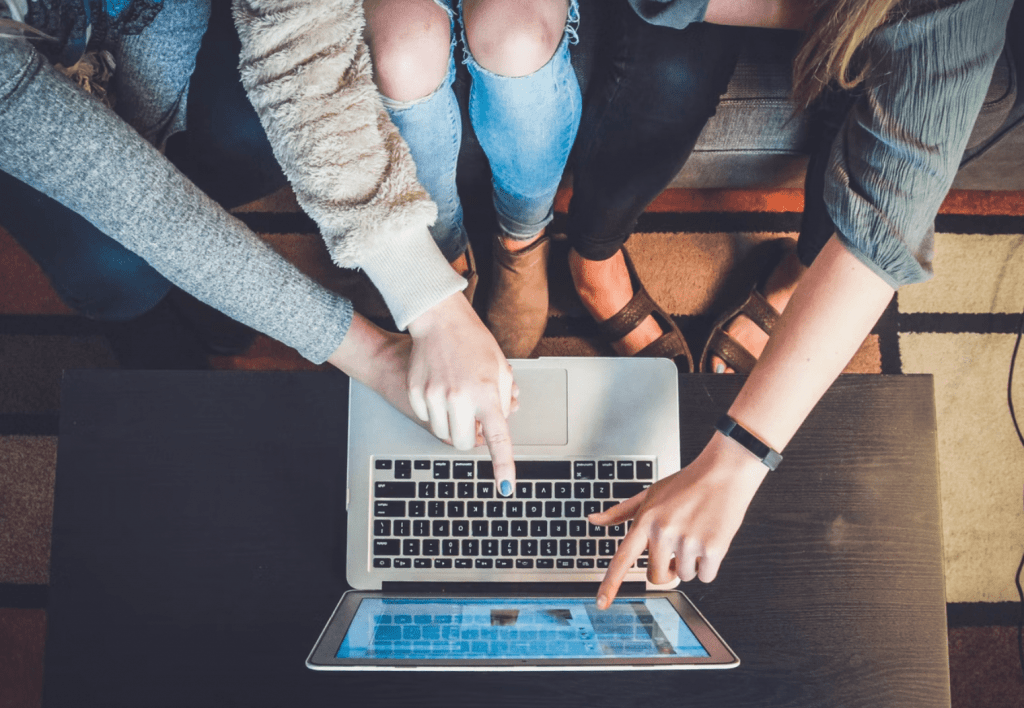
Whilst some believe that artificial intelligence will take over the art world, others believe that AI will never be able to replace human creativity and passion. So, what exactly is the truth? Here are some potential drawbacks of AI art…
Inadequate Human Connection
One potential disadvantage of AI art is that it may lack the emotional connection we seek when viewing artwork. Generally, one of the reasons we enjoy looking at art is that it allows us to see a small glimpse into the soul of another person.
Without a human connection, some people may perceive a work of art as an inanimate piece of engineering, rather than a work of art.
Could be Construed as Cheating
Some may consider the use of AI in the creation of artwork to be cheating. After all, where does the artist stand if a machine does the majority or all of the work?
This is a legitimate concern that will most likely be discussed for decades to come as AI becomes more pervasive in the world of art.
Not Formally Recognized
Another potential disadvantage of AI art is that it is still poorly understood by the general public.
For example, whenever anyone sees a portrait by a famous artist, they may not comprehend why they enjoy it, yet they do. People may not have the same response to AI art because they do not truly comprehend why and how AI chose a particular color palette or form.
Computational Creativity – The Future of Art
If you’re an artist who’s looking for a way to break out of your creative rut, or needing assistance in design implementation, consider incorporating computational creativity into your creative practice.
For instance, while AI art may lack emotional connection, it may also be perceived as objective and unbiased. While it is not completely understood yet, it is also novel and exciting. While some may see it as trying to cheat, others may see it as an improvement to traditional art forms.
However, one point is certain: as computational creativity develops, so will our conceptions of what defines “art.”
Ready to hire? Our marketplace of over 410,000 diverse freelancers has the skills and expertise needed to skyrocket your business. From marketers to designers, copywriters to SEO experts – browse the talented bunch here!








